Laboratory vacuum pumps are available in a great variety of technologies in order to satisfy specific laboratory applications. Dry (oil-free) diaphragm pumps can reach down to about 1 Torr and can be designed for exceptional chemical resistance. Read More…
Founded in 1885, Becker is still family owned and a leader in innovation. From their innovative products & designs to their team of loyal, experienced & talented employees, you will find the solutions you are looking for at Becker. Becker’s vacuum pumps are of the highest quality and you are guaranteed to go home satisfied and continue to be satisfied in the many years to come.

GlobalVac & Air was founded in 1994 and is a leading supplier and packager of medical, lab and industrial vacuum systems. We specialize in rotary dry claw, liquid ring, rotary vane and rotary screw technology. Call us today for innovative solutions to all of your pumping needs!

In business since 1950, Osaka Vacuum is a manufacturer of highly reliable vacuum systems, industrial vacuum pumps, and vacuum pumping systems. Products include dry vacuum pumps, roots vacuum pumps, turbo molecular pumps, rotary vane vacuum pumps, liquid-ring vacuum pumps, oil-sealed vacuum pumps and more. Our motto is "reliable, long lasting products that give you safety and satisfaction.

As an industry leader with over 50 years of experience providing the best vacuum pump solution for customers, DEKKER is an ISO 9001:2015 certified company that delivers superior products & service. Our custom engineered systems meet even the most demanding applications, from aeronautical to waste water & everything in between. Call DEKKER today with any questions or check out our helpful website!

More Laboratory Vacuum Pump Manufacturers
Scroll pump technology is also a dry technology, and can reach to 0.1 Torr, and in some cases as low as 0.001 Torr. Rotary vane vacuum pump technology and hybrid pumps (which combine rotary vane and diaphragm technology for fine vacuum with low maintenance) will reach as low as 0.001 Torr, while turbomolecular pumps can reach as low as 10-11 Torr, provided they are assisted by a “roughing pump.”
The roughing pump (often diaphragm or rotary vane) brings the pressures from atmospheric conditions to the range of 1 Torr or 0.1 Torr; the turbomolecular pump picks up from there to create the deeper vacuum.
Oil-free and particle free diaphragm pumps are usually preferred for those who need a roughing (sometimes called fore pump or backing pump) for small and middle sized turbomolecular pumps, because some diaphragm pumps can provide service intervals that match the very long service intervals of turbomolecular pumps.
An important principle is that the deepest vacuum is not the best vacuum for any application. The best scientific performance will be achieved by using a pump that produces vacuum in the most appropriate range for the application.
The level of vacuum needed for each of the applications noted earlier differs across a wide range. Many lab applications are accomplished in the “rough vacuum” range, down to about 1 Torr or 29.98 in. Hg. (gauge). Processes that operate in this range include filtration, aspiration, rotary evaporation, centrifugal concentration, gel drying, vacuum oven drying, and solid-phase extraction.
Such applications are best served with diaphragm pumps; the vacuum is in the right range and the operations are clean (no oil is needed), low maintenance, and can be made very chemical resistant, if needed.
Vacuum in the range between the lower limits of “rough vacuum” and 0.001 Torr is called “fine vacuum.” Laboratory processes requiring a fine vacuum include freeze drying, Schlenk lines, and residual drying. As noted earlier, this vacuum can be reached by rotary vane, hybrid and some scroll pumps. The correct choice will depend on the sensitivities of the application to oil, for example, or to dust that may be generated by the dry seal in a scroll pump.
Vacuum pumps are often integrated into other instruments and equipment as OEM (original equipment manufacturer) components. Such applications include gas sampling (e.g., for environmental testing or process monitoring), laser etching equipment in semiconductor manufacture, and test chamber evacuation in analytical instruments to ensure accurate results. They are used to evacuate test chambers and eliminate the influence of environmental conditions.
It is essential to consider your application requirements in order to choose the vacuum technology that is best suited to your laboratory and process needs. Start by defining the process for which vacuum will be used. Then define the level of vacuum and pumping speed needed. Finally consider chemical resistance, control requirements, maintenance intervals and environmental concerns (e.g., energy use, waste vapor capture) to determine the right pump.
These considerations will help narrow down which pumps will accommodate your applications and achieve the lowest lifetime cost of ownership. Then talk with your preferred vendor to avoid a mistake that can compromise your samples or process, or leave you with too much or too little capacity from your pump.





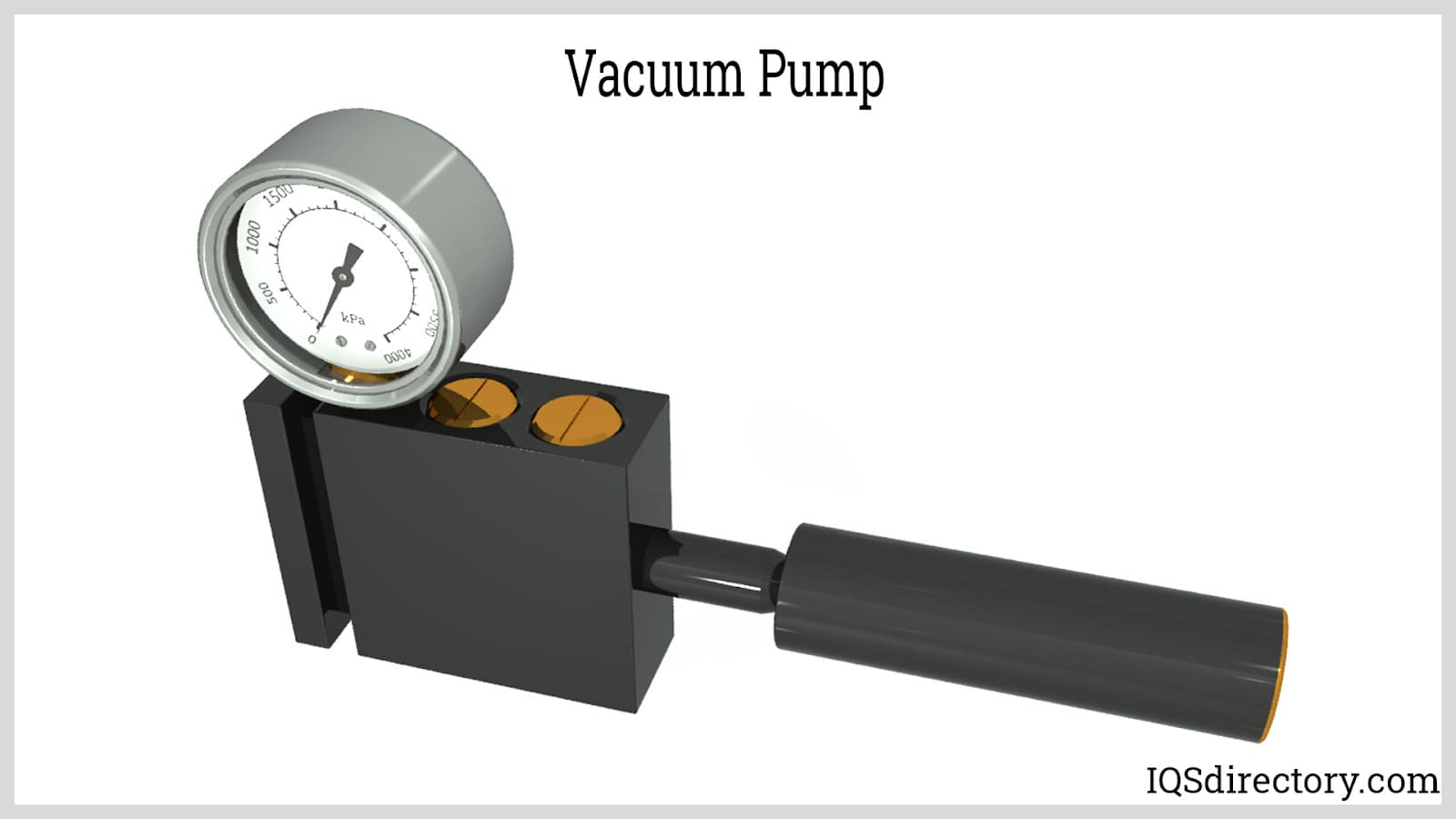
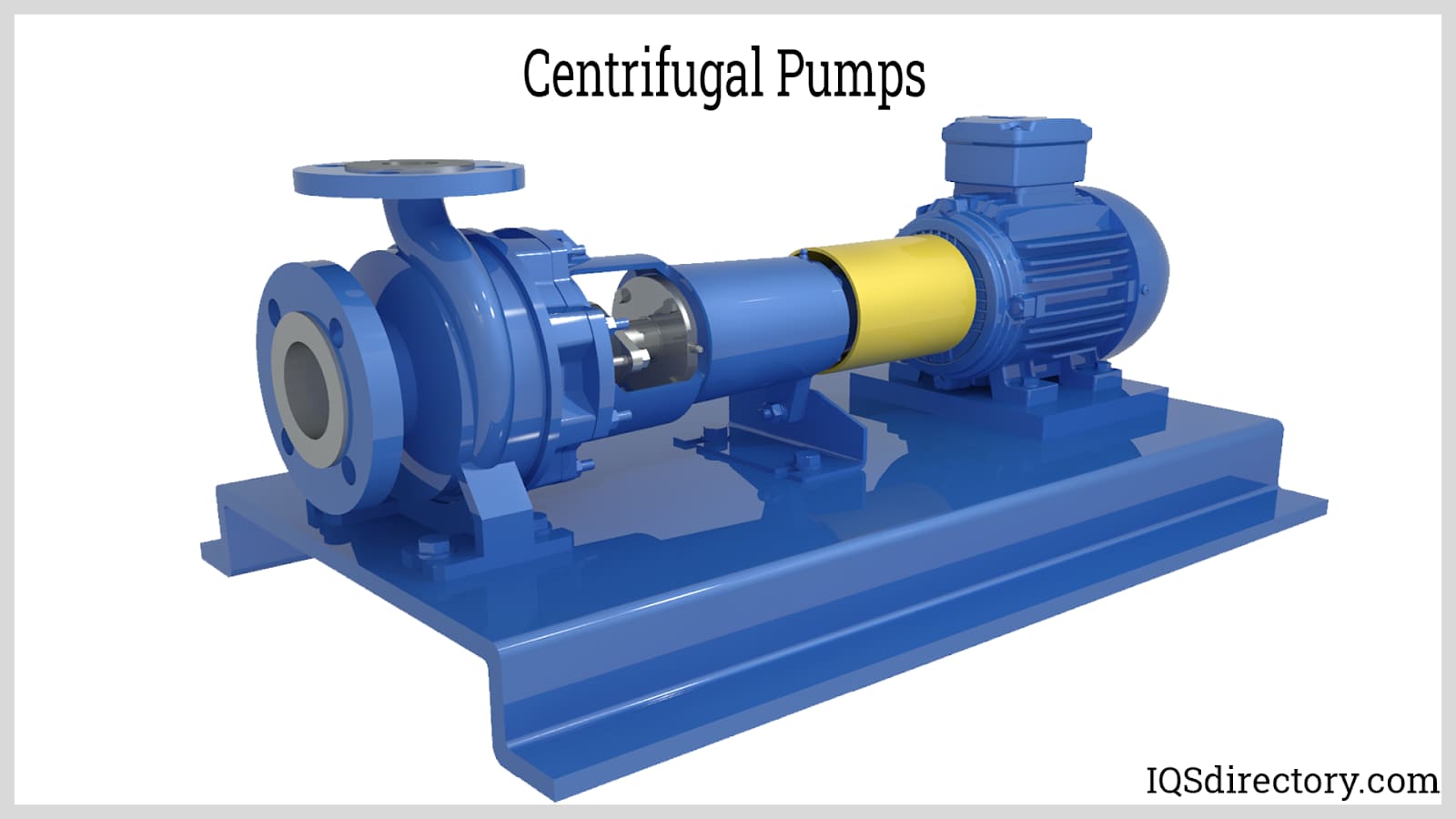
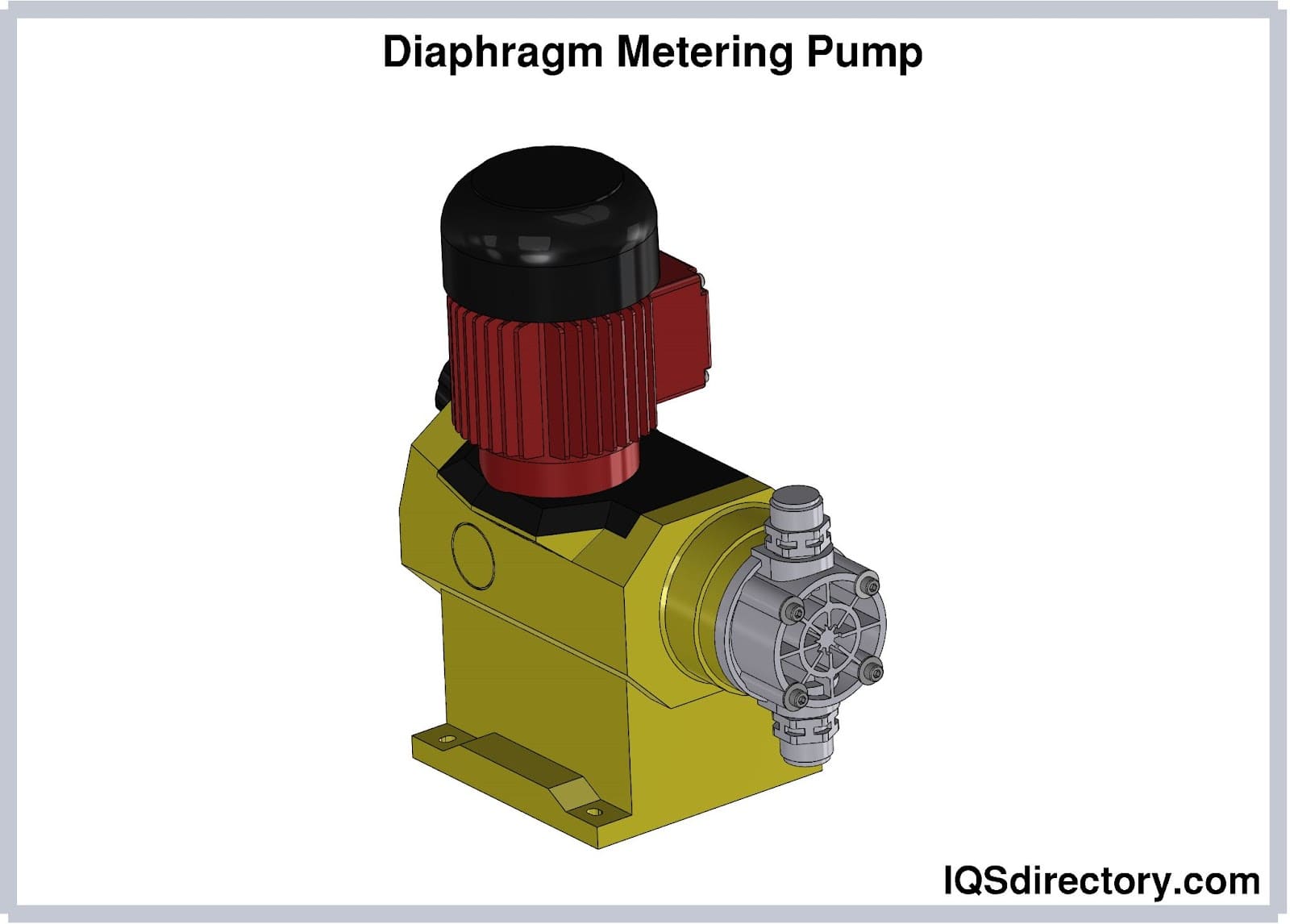
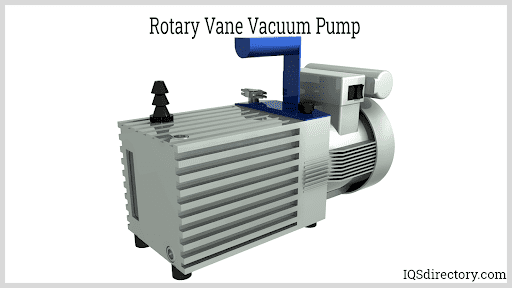
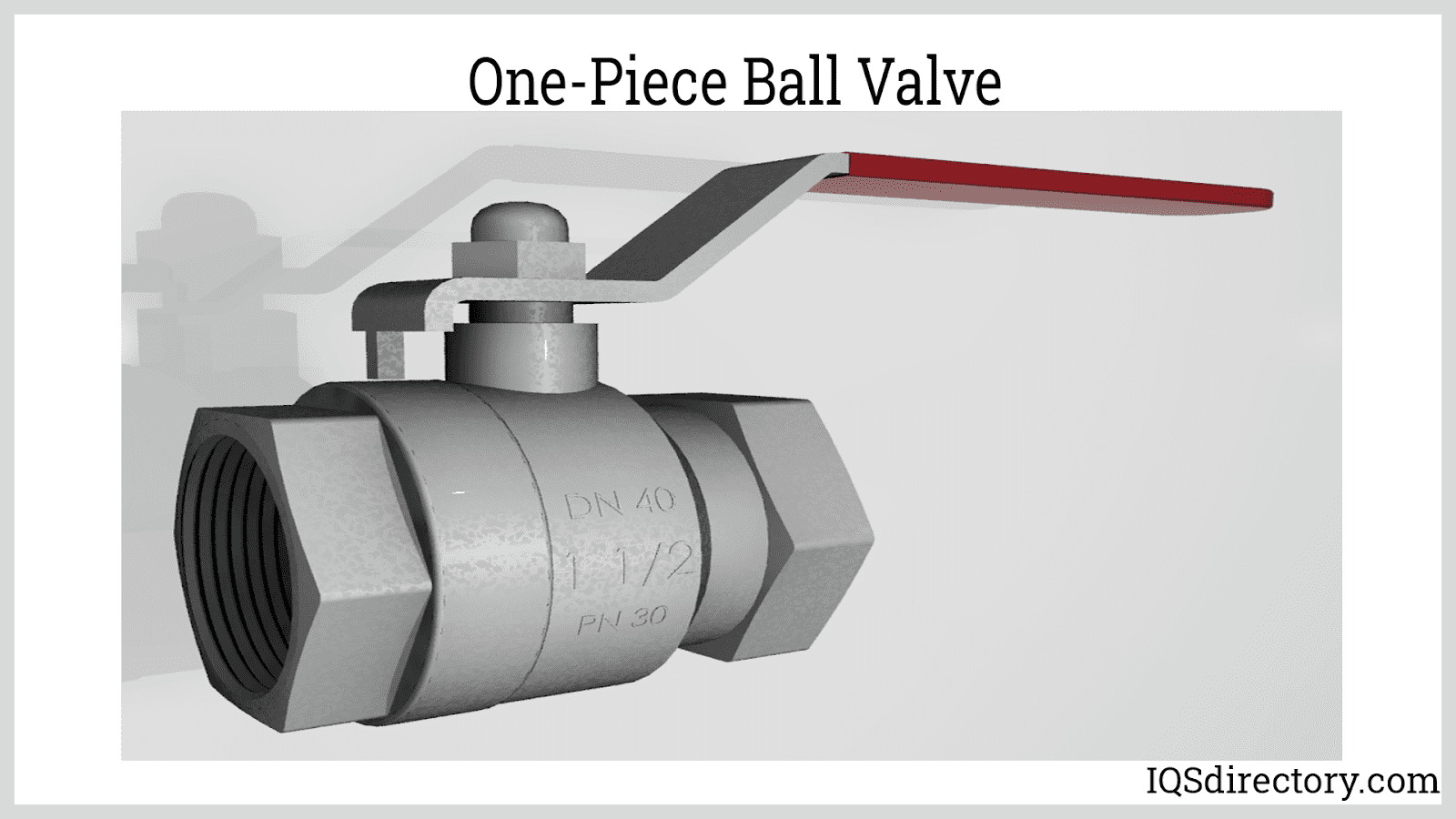
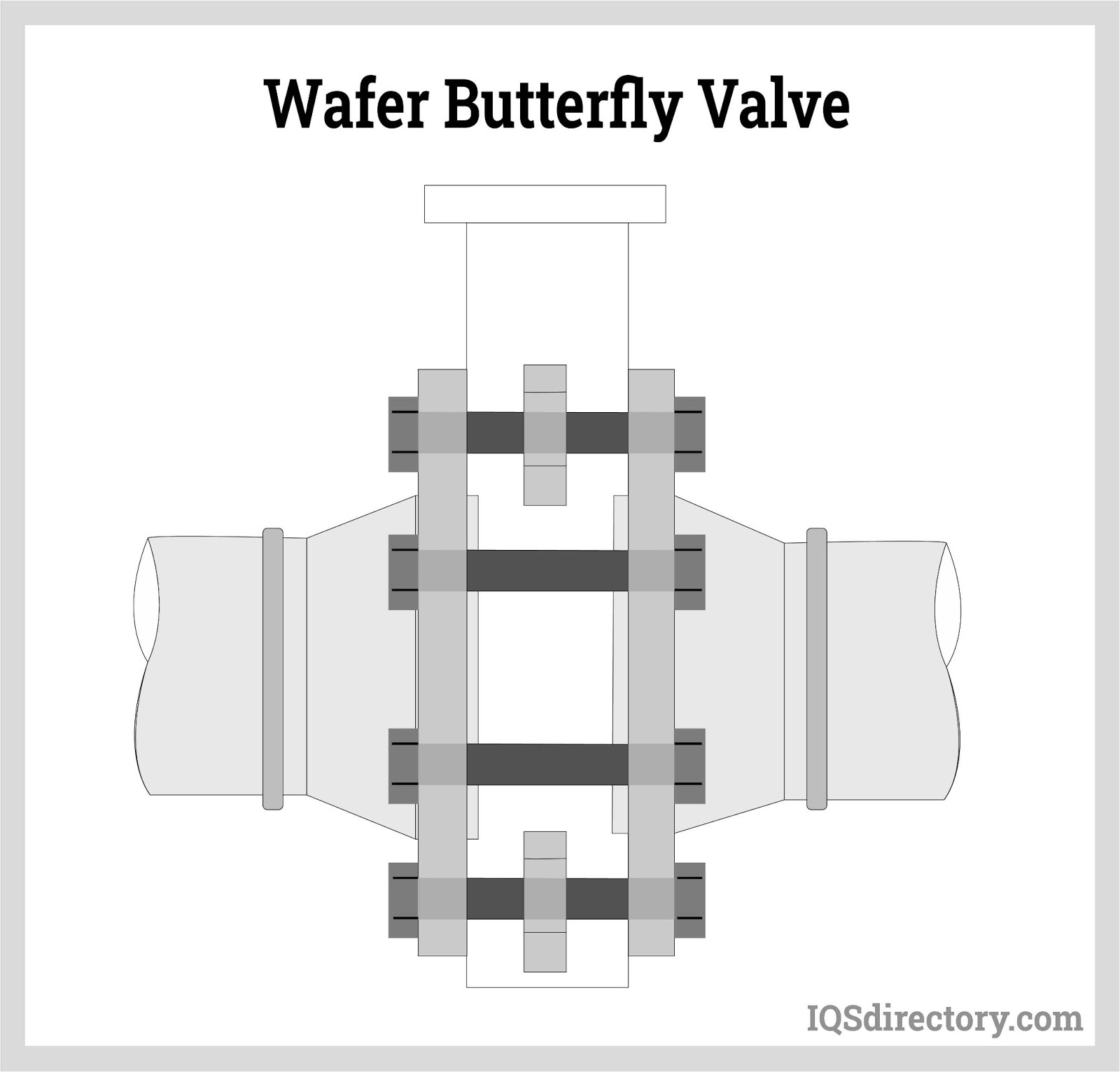
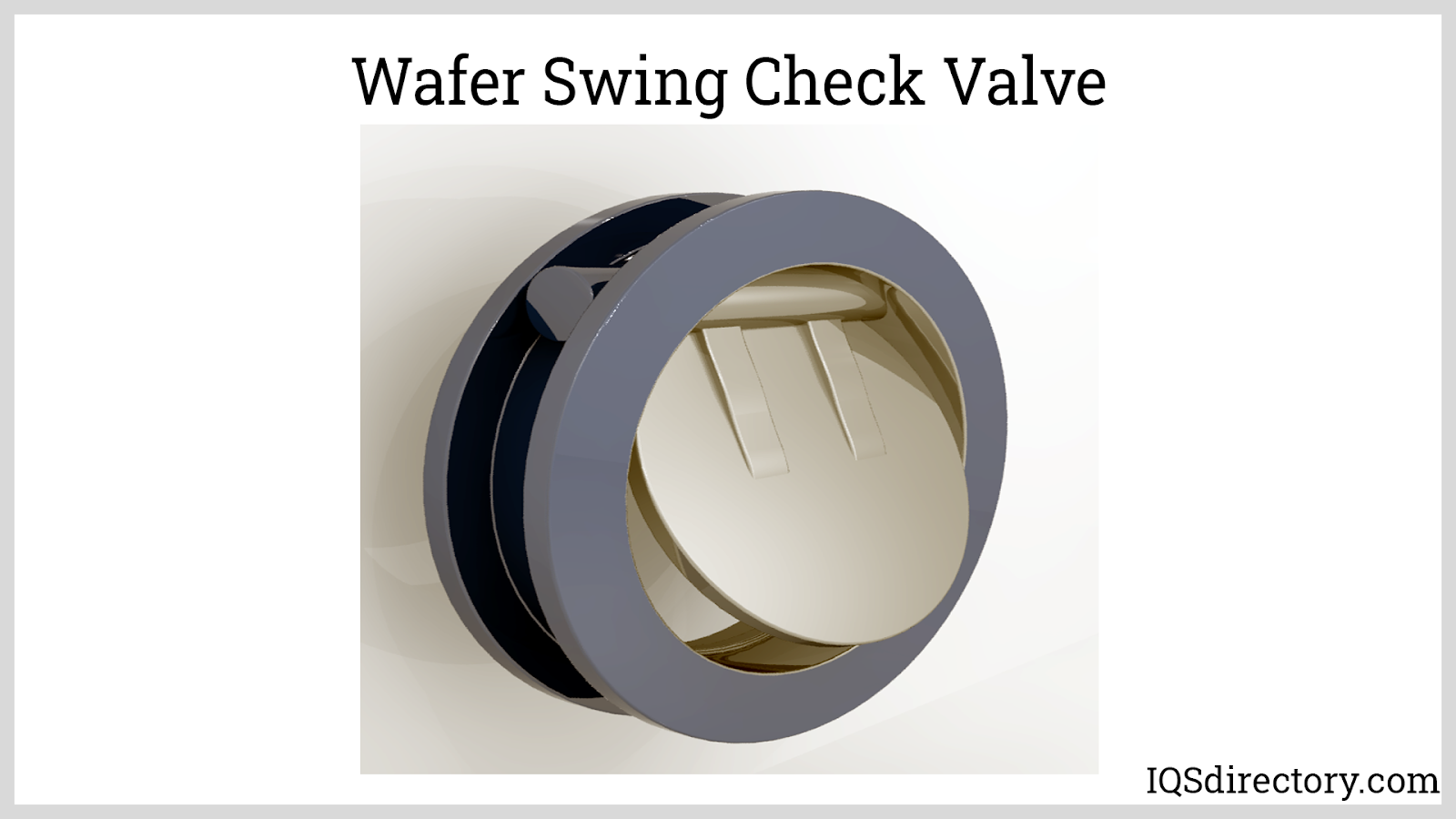
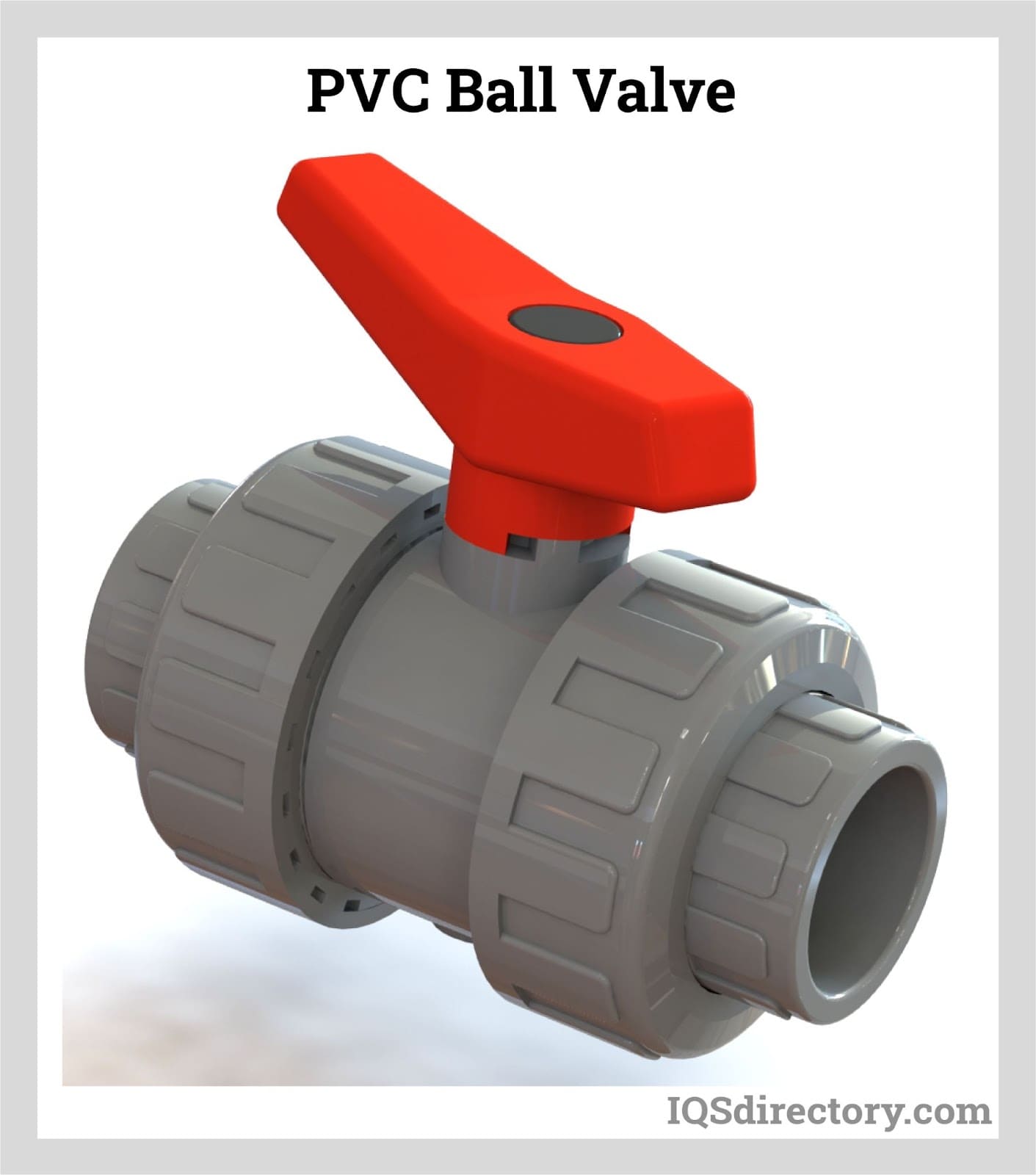
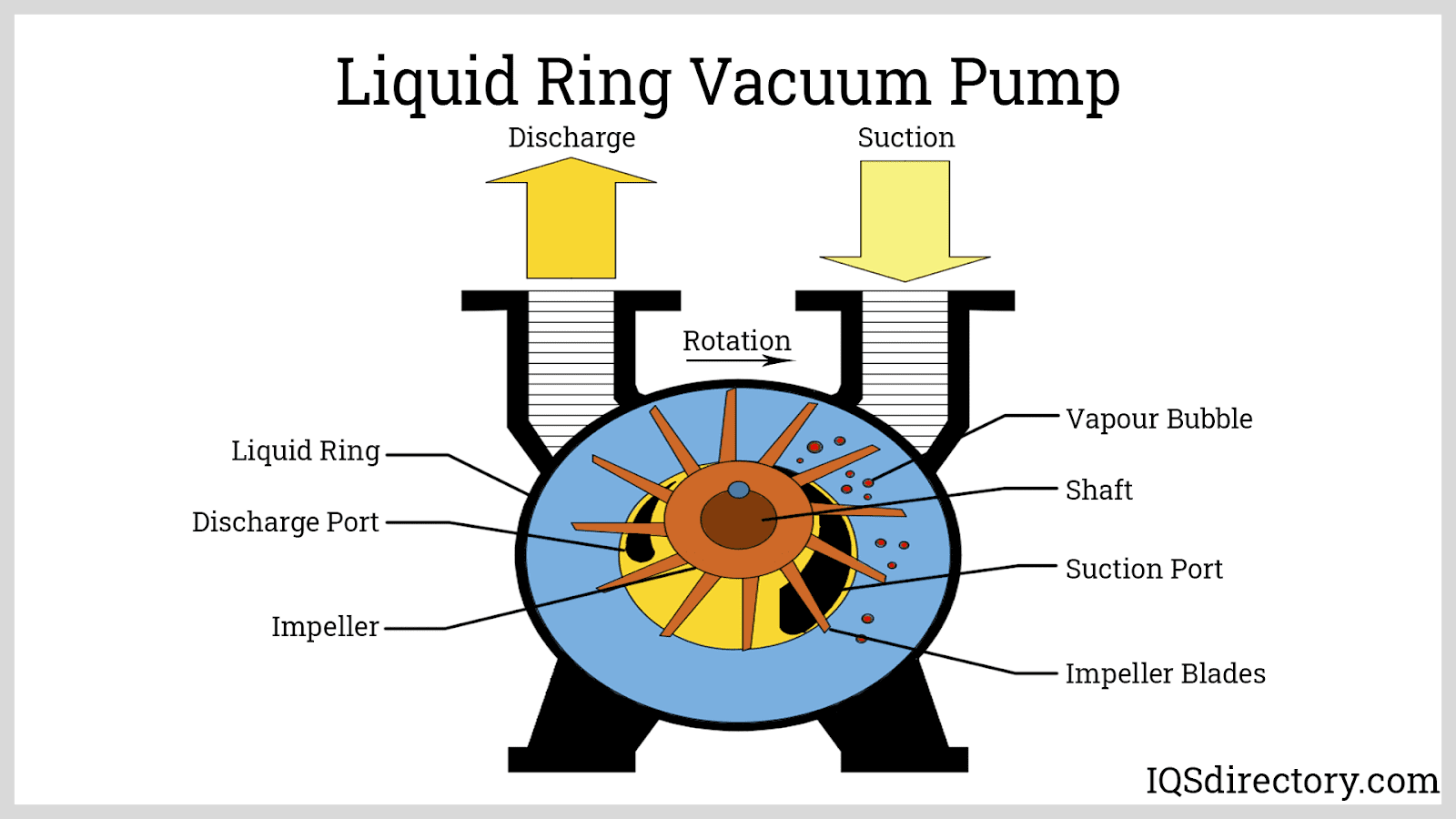
 Ball Valves
Ball Valves Butterfly Valves
Butterfly Valves Centrifugal Pumps
Centrifugal Pumps Check Valves
Check Valves Diaphragm Valves
Diaphragm Valves Flow Meters
Flow Meters Hydraulic Pumps
Hydraulic Pumps Hydraulic Valves
Hydraulic Valves Metering Pumps
Metering Pumps Solenoid Valves
Solenoid Valves Vacuum Pumps
Vacuum Pumps Castings & Forgings
Castings & Forgings Bulk Material Handling
Bulk Material Handling Electrical & Electronic Components
Electrical & Electronic Components Flow Instrumentation
Flow Instrumentation Hardware
Hardware Material Handling Equipment
Material Handling Equipment Metal Cutting Services
Metal Cutting Services Metal Forming Services
Metal Forming Services Metal Suppliers
Metal Suppliers Motion Control Products
Motion Control Products Plant & Facility Equipment
Plant & Facility Equipment Plant & Facility Supplies
Plant & Facility Supplies Plastic Molding Processes
Plastic Molding Processes Pumps & Valves
Pumps & Valves Recycling Equipment
Recycling Equipment Rubber Products & Services
Rubber Products & Services